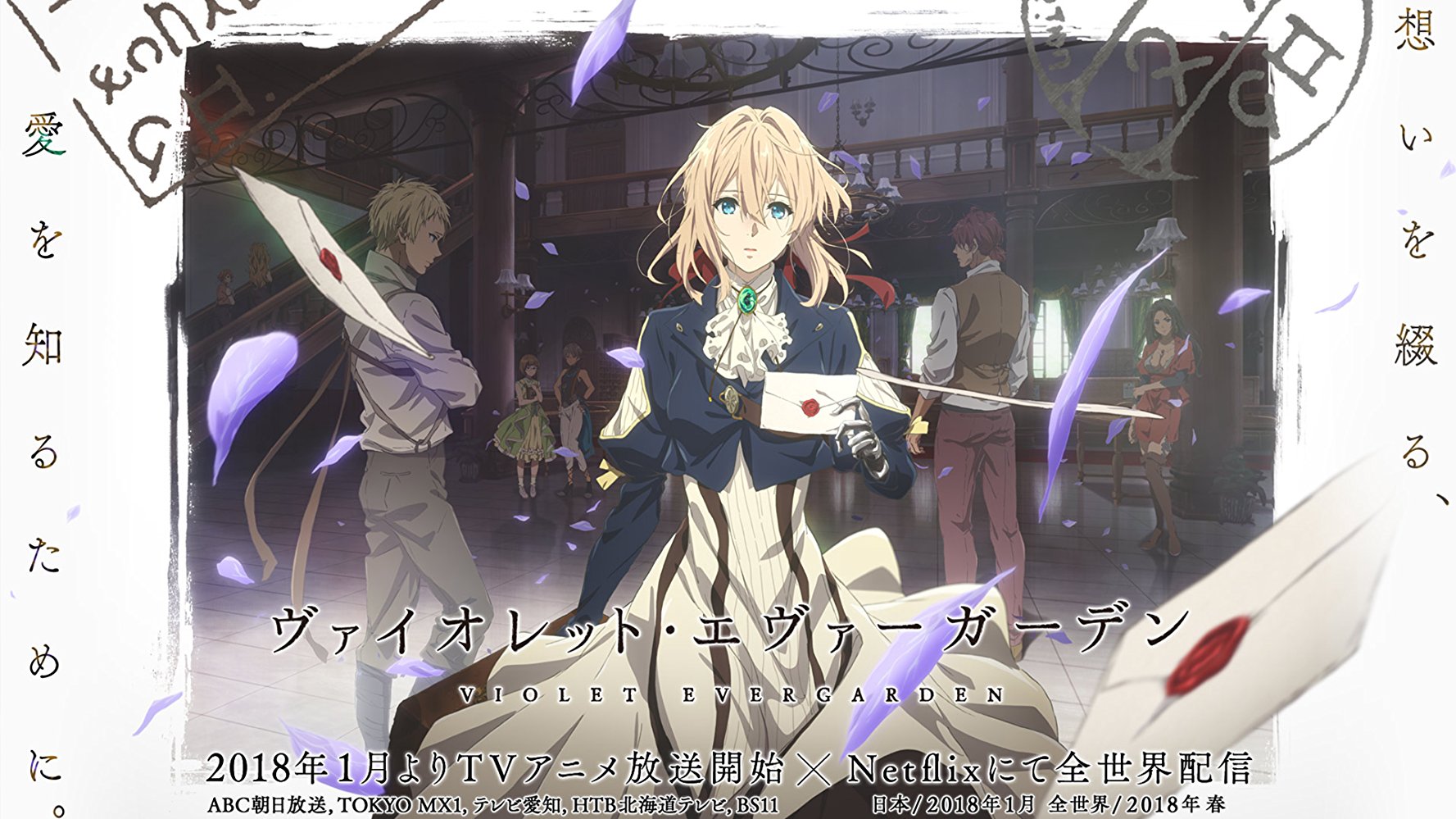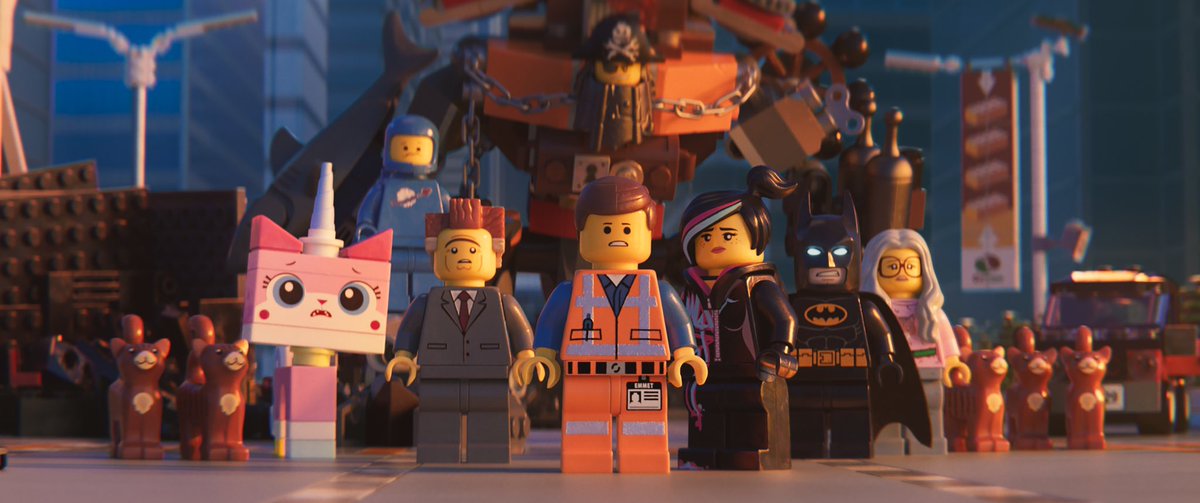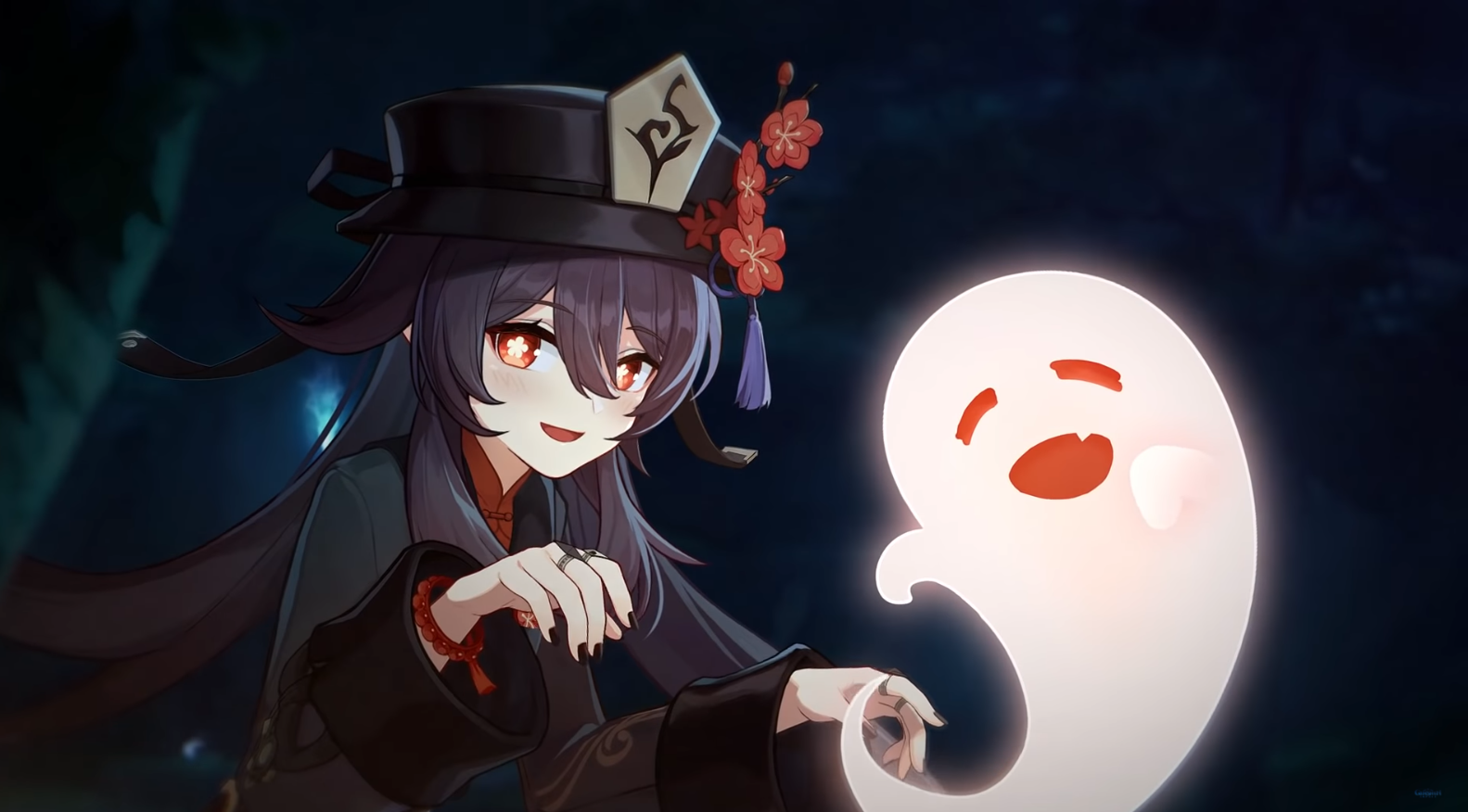

Write what you are looking for and press enter to begin your search!
Live News


Romancing SaGa 2 Remake (2024) Review: Best Served Hot Than Cold
 ">
">
By Jonathan ToyadVerified|October 23, 2024|0 Comment
Platform(s): PC (version reviewed), PlayStation 5, Xbox Series
Genre: Japanese Role-Playing Game, Retro Remake, 90s, Square Enix Overseas Classic
Whether for cash grab purposes or a genuine passion for bringing classics in a new light for modern audiences, Square Enix has been on a remaking roll the past few years. Apart from Final Fantasy VII, the company has remade Live-A-Live and Trials of Mana with a modicum of success, or at least major praise from its modest audience. 2024 not only had the JRPG-making company release a new version of Final Fantasy VII in the form of Rebirth, but a remake of the second mothership Romancing SaGa title that came out in 1993.
Billed as an oddball series, the Romancing SaGa games from Akitoshi Kawazu (who is now a higher-up in Square Enix on the same level as Yoshinori Kitase) focuses on fantasy, nonlinearity in an open JRPG space, and flexibility in party creation, not to mention the joy of acquiring skills by mastering specific abilities through repeated due process. One can say that the Romancing SaGa trilogy were ahead of its time in its approach and obtuse method of powering up, but you can’t say they didn’t stand out in a time when JRPGs in Japan were a growing fad.
Fast forward to now, and we have developer Xeen with its current take on Romancing SaGa 2, arguably the most popular entry side-by-side with Romancing SaGa 3. Is it a new enough experience for fans wanting to jump in? Is it enough of a change to justify old-school fans to pay triple-A price for a JRPG that’s going toe-to-toe with other 2024 JRPGs by the boatload? I say “yes” to both and here’s why.
The plot is about the titular Seven Heroes who return to the world they used to protect, now wreaking havoc with fiends in tow. You don’t play a bunch of plucky adventurers serving a higher power; you ARE the higher power. You are the emperor of the kingdom of Avalon who has to recruit a loyal retinue to clean up the mess yourself. The game starts you off with Emperor Leon in a very well-laid-out tutorial telling you the basics of its turn-based combat, its non-linear approach to questing & problem-solving, and its systems like Glimmer; more on that later. After tragedy strikes, your son Gerard ends up inheriting Emperor Leon’s powers and skills, turning him into a badass king himself and doing quests to unite all nations under your banner of Avalon.
While the quests are pretty straightforward for JRPG standards -save a town, annex a country by helping potential allies, making tough choices to forward the plot and open new paths to fighting the Seven Heroes- it’s what inside Romancing SaGa 2: Revenge of the Seven that makes you invested in uniting Varennes under your rule. For one, the game’s remade graphics and rearranged soundtrack (from original composer Kenji Ito) help elevate this beyond just a remaster. The many lands you explore are beautiful to look at and the animations scream “big budget though not FFVII Rebirth levels”.
The rearranged score is also great, with extra instruments and orchestra inserts making an already-epic 90s JRPG soundtrack all the more enjoyable and fresh. Old-school players will appreciate the aesthetic overhaul, especially with the added animated backstories of the Seven Heroes and how they came to become this game’s antagonists. I sure as heck have the rearranged version of “Emperor’s March” stuck in my head for weeks after finishing the game.
The key themes in Romancing SaGa 2 are inheritance and generations. You control one emperor whose innate lineage power lets you transfer your powers and skills to your successor. Whether through abdicating the throne during a current reign, or through natural succession, or even death, your next emperor down the line of your choosing (among a pool of random classes you’ve unlocked) will get your predecessor’s strengths and skills.
Long story short, you don’t start over again and use past efforts to deal with future challenges to an advantage. Quest and story-wise, certain quests can only be completed if you’re a specific type of emperor, be it one who can sail ships or a different gender. These situations let you abdicate the throne to accommodate the situation.
The best part about all this crown-switching flexibility? You can never run out of emperors to succeed. In fact, the game is tailor-made and has checks in its story and progression system, that you’ll only reach the Final Emperor/Empress once you reach a current threshold. Let’s also not forget your retinue/party as they consist of warriors, ranged fighters, spellcasters, and everything in-between. There’s a lot of variety with classes (available and unlockable if you carry on through the game) that lets you mix and match to create the uber retinue you want.
If you’re stuck in a tough boss fight and need more martial artists and rangers? Just fast travel to your kingdom (which is very quick & convenient), change up your abilities and evade options, switch party members, and come back again in just a few screens. True, most areas require you to backtrack, but there are no random battles and you can avoid enemies on-screen if you’re quick enough.
And to get more powerful with your party of choice, you need to use the Glimmer system. As you use skills in turn-based combat, you’ll see a glowing lightbulb next to them. Use them against enemies repeatedly and you’ll score a new ability that’s more powerful. The frequency of these new and powerful skills popping up gets higher if you’re fighting tougher enemies and bosses.
You’ll definitely want these as they’re powerful and can turn the tide of battle, like Cross Slash (Sword), Triumvate (Spear), and Ki Blast (Unarmed) as a few examples of moves that can only be unlocked through the Glimmer system. Spells work the same way, but their Glimmers trigger after the battle.
New to this remake are United Attacks and Mastered Abilities. Remember when I said “weaknesses”? Enemies have set and specific weaknesses to certain weapons and elements. If you hit them with the right attack, you not only deal more damage but also gain Overdrive Meter. Get that to full and you can unleash United Attacks, which lets you do a souped-up tag team attack with skills that also ignore resistances.
Later on in the main story, you get to do up to five-person United Attacks, meaning big damage and battle-clearing potential at the cost of your entire turn. The later challenges in the game can have you making tough decisions regarding this special power: do you either conserve meter until the final stretch of the fight, or just blow it all in hopes of crippling the opposition? Or do you just use the weaker variant of the move so that the rest of your party can act and support your injured company?
Abilities are passive abilities from different classes that provide a range of buffs like lower Battle Points (the resources that power skills up), amplify your stats a bit, or even influence your Overdrive meter gain. Once you unlock them, you can assign them to any character in your retinue. These do help buff up your party, or even cover up weaknesses a class may have.
Adding further layers to this decision-making in Romancing SaGa 2: Revenge of the Seven’s combat are formations. You get new formations which let you arrange your 5-person party so that they get passive benefits. Having Imperial Fang will have three of your best melee guys up-front and your ranged/spellcasting heroes at the back and less of a target. Conversely, Mu Formation will have everyone get buffed up defense at the cost of speed and turn priority.
Best of all, your learned skills, abilities, and formations will then be passed down to the next generation and customizable back in your kingdom. To balance out the flexibility, some caveats are added. Each character you have in battle have a set number of Life Points (LP); if they die in combat, they lose an LP. Lose all LP, and that character permanently dies. Items must be equipped before a fight. And of course, the action can get intense with the higher-tier enemies and bosses having LP-absorbing attacks and one-hit kills, alongside multiple attacks per turn.
Min-maxing particular skills may not be beneficial as the game’s enemies have different weaknesses and resistances, so you have to make sure to have different classes from your retinue being available. I usually have my spellcasters have a couple of healing spells in addition to their offensive arsenal, and even have a tank or two keep a healing spell handy to power through the tougher areas. I also had to check out optional dungeons in hopes of scoring new dual-elemental spells that can be researched back at your kingdom.
Long story short, all these quality-of-life features, the fast travel system, and speedy battles do make the game really fun and intuitive to get into. This isn’t to say the fights are a cakewalk, far from it. On Normal and Classic difficulty, you will get wrecked if your party isn’t built up to snuff, and if you use the wrong formation. This is especially true in later fights, with the climax battles being a true test of turn-based skill and brain power, considering you should have a lot of tools at your disposal from your questing and exploration.
That said, there are a few nitpicks. Some storylines from the old game are recreated here, though some can appear immersive-breaking given how customizable your party can get. I don’t expect the developers to cover every single plot thread in a game this big and open-ended, but a few cutscenes to help with continuity can help keep the JRPG immersion slightly believable.
For instance, I brought a class in my retinue who has a huge beef with a particular boss in a jungle ruin; why didn’t they outright attack the boss instead of going through narrative hoops where I trail along the boss before the eventual battle a few areas later? These occurrences aren’t too common, but it does need addressing.
I also do wish there was a late-game option where I can change up my retinue, skills, spells, and Evade options at a save point instead of fast travelling back and forth; it’s not a deal breaker but I do find myself consistently switching party members and abilities for the game’s tougher fights. And just like the genre it’s representing, some form of grinding is required especially when it comes to getting Glimmer-locked skills you want for particular weapons and special skills.
Admittedly by scoring this game with a respectable number, I am setting a dangerous precedent of influencing Square Enix to remake their back catalogue and not focus on new IPs, JRPGs or otherwise. Then again, I would love to see Xeen use the same know-how and polish here for future projects in this realm. More specifically, remaking Romancing SaGa 3 and other SaGa games (as well as improving them for this generation), because as of now, Romancing SaGa 2 remake is a really strong contender for “best comeback”.
Even with the already saturated sea of JRPGs this year, this remake is worthy of your time whether you played the 1993 original to death, or just want to jump into a new style of the genre with fresh eyes and perspectives. Many of the original’s core tenets are preserved and made better in this remake, which is the goal of the project really. The extra bonuses like the “Search for Mr. S” sidequest that unlocks even more benefits if you find the one-eyed SaGa mascot in various places and dungeons, and the post-game content like a new dungeon and a few new tough bosses (and a 5-turn trial for extra rewards) alongside a New Game+ option just adds more replayability to an already-loaded 35-hour experience.
Even with a few flaws here and there, this reinvigoration is a crowning achievement for the original SaGa team who established this unique foundation for the time, and for Xeen who built upon said foundation and made it relevant and brand-new for this generation of RPG enthusiasts.
Review copy provided by publisher.

By Jonathan ToyadVerified|May 9, 2018
2018 is looking great for anime fans. However, the one show on Netflix that has always been on my mind, even up to this day, is about a former combat ...

By Iain McNally|February 5, 2019
The first Lego Movie was, quite simply, awesome. A stunning mix of a hilarious unpredictable script, a great cast and fun metafictional elements all w...

By Jonathan ToyadVerified|February 27, 2021
Dozens of leaks from fansites and dataminers have uncovered the existence of an upcoming character in Genshin Impact: Hu Tao, the Wangsheng Funeral Pa...

By Jonathan Toyad|March 20, 2025

By Jonathan Toyad|March 12, 2025

By Lewis Larcombe|February 25, 2025

By Kakuchopurei|February 17, 2025

By Ali'sha Harris|February 16, 2025

By Lewis Larcombe|March 26, 2025

By Jonathan Toyad|March 20, 2025

By Jonathan Toyad|March 12, 2025

By Lewis Larcombe|February 25, 2025

By Kakuchopurei|February 17, 2025

By Ali'sha Harris|February 16, 2025

By Jonathan Toyad|March 20, 2025

By Jonathan Toyad|March 12, 2025

By Lewis Larcombe|February 25, 2025

By Kakuchopurei|February 17, 2025

By Ali'sha Harris|February 16, 2025
Copyright @ Kakuchopurei 2025